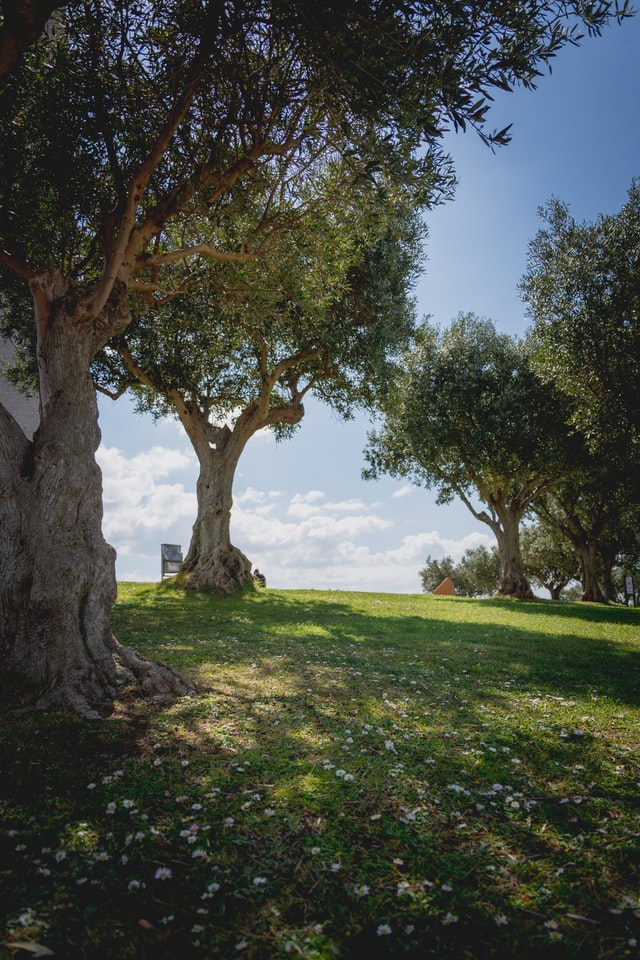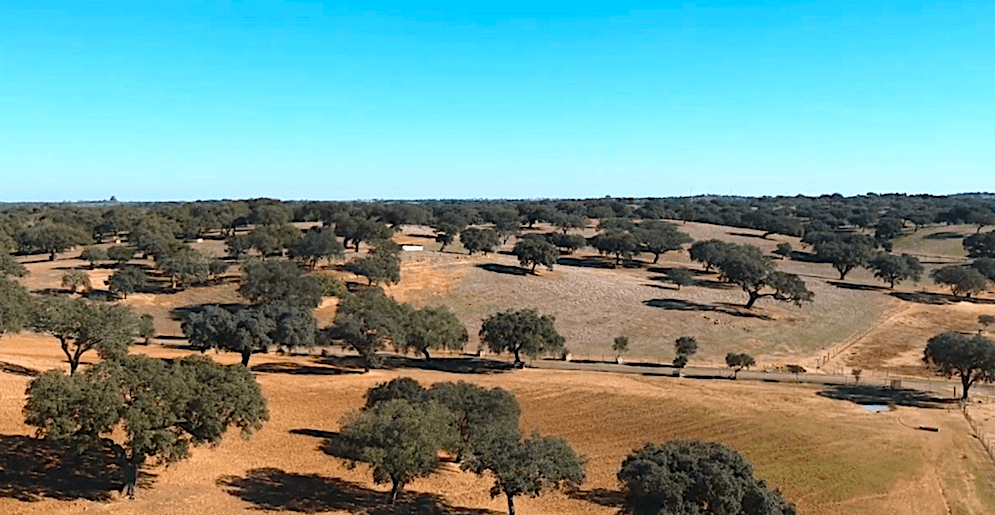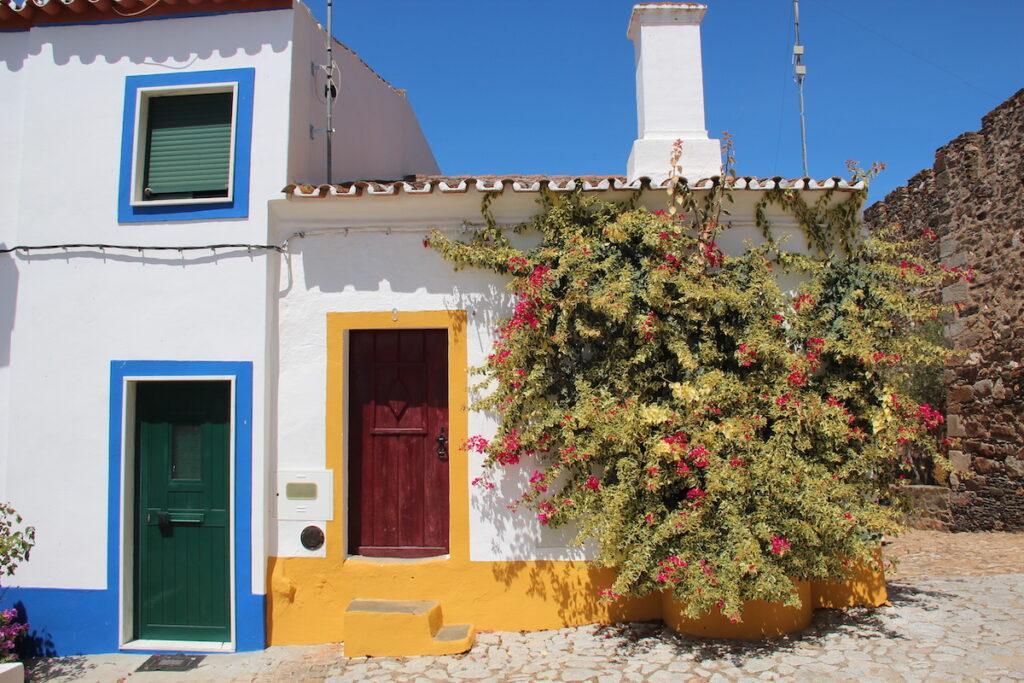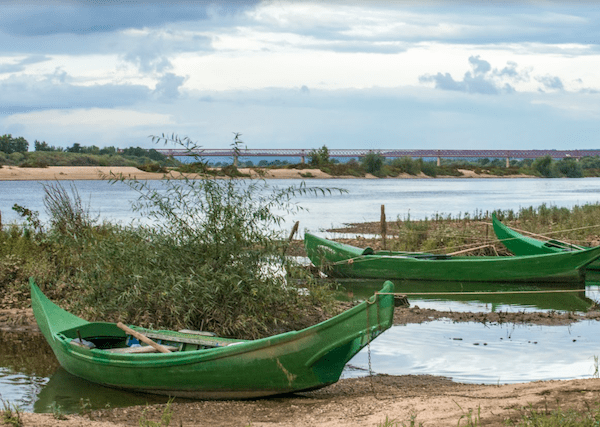
Cyclical Festivals
The celebration, the feast and the dining table are core elements in the Mediterranean cultures. Portugal is no exception. In every corner of Portuguese territory, local communities hosts cyclical festivities hand in hand with the celebration of food, people’s interaction around the dining table, highlighting cooperation and sharing cultures.
The Mediterranean Diet has a relation with the astral cycles, which strongly influence agricultural activities, planting and harvesting, the fisheries affected by the tides, the correct relationship between men and nature which structures the religious and profane festivities like Carnival, Easter, Popular Saints (taking place in June every year), “Dia da Espiga”, Magustos (festivities in honor of St. Martin) and Christmas.
Algarve Dryland Orchard (“Pomar de Sequeiro Algarvio”)
The Algarve today has its image associated with citrus orchards, but in the dry and sunny areas there are many fig, almond and carob trees that make up the traditional “upland orchard.”
With extensive areas of fig trees, the Algarve has exported dried figs for centuries, which played an important role in the regional economy. The almond trees, blooming in early spring, covered large areas and were the subject of postcards from the Algarve region in the first half of the 20th century, reason for visits to the south by people from all over the country.
Its fruits, almonds, are used for culinary purposes, especially in confectionery, but also for therapeutic and cosmetic purposes. The fruit of the carob tree, locust bean, is used as flour in animal feed, as a substitute for the manufacture of chocolate, in brandies, syrups, gums, pharmaceuticals and in gardening. In popular tradition, dried fruits, especially figs and almonds, are linked to All Saints’ Day. The fig, according to the Torah, is part of the seven foods that grow in the Promised Land. According to the Bible, Adam covered himself with a fig leaf.
Citrus groves abound in the Algarve. Sweet oranges were brought from China to Europe in the 16th century by the Portuguese. They are called “Portuguese” in several countries, especially in the Balkans.


Traditional Olive Groves
The olive tree and olive oil are deeply linked to the peoples of the Mediterranean in many cultural dimensions: food, art, religion. Besides its biological resistance, this is the main reason why the olive tree is imbued with a strong symbology. Portugal is no exception.
The cultivation of olive groves was brought to our territory by Phoenicians and was continued by the Romans, Visigoths and, later, by the Arabs. These ones were, in fact, responsible for the portuguese name of this vegetable oil – “Azeite” – which has its origins in the arabic words “Az zayt” which means “olive juice.”
The planting of olive groves is nowadays one of the reference cultures of Portuguese agriculture. The production of olive oil generates one of the most important ingredients in the gastronomy and most exported since the Middle Ages. For this reason, olive groves are subject to specific regulations and protection since long time ago. Uprooting an olive tree from a neighbor was more serious than uprooting a different tree and entailed harsher penalties. In the 19th century, Portuguese olive oil received its first international distinction, having been awarded at the Paris International Exhibition of 1889, in the shadow of the newly built Eiffel Tower.
Olive groves are drought-resistant agricultural crops that are easily adapted to rocky terrain and poor soils. Nowadays, olive groves can be seen in practically across the Portuguese territory, with particular emphasis on the central region, Trás-os-Montes and Alentejo.
Cork Oak Forests (“Montado”)

The cork oak forest is a particular ecosystem very characteristic of the Mediterranean. It consists of forest extensions populated by holm oaks, cork oaks, oaks or chestnut trees. Portugal is the country with the largest extension of cork oaks in the world (33% of world’s área) and the cork oak forest is legally protected.
The cork oak tree (Quercus suber) is a species that is distributed throughout the Mediterranean area, where the Atlantic influence is felt. These characteristics occur mainly in Portugal, namely north of Tagus River, Ribatejo and above all in Alentejo.
This unique landscape is a high value system that balances biodiversity and sustainable agriculture, benefits the rural economy and continues a legacy stretching back generations.
Architecture
The typical portuguese architecture is an expression of a unique cultural element associated with the Mediterranean Diet, especially in Southern Portugal. The house and the table have always been the center of learning and transmission of social values in the Mediterranean Diet. Typical houses of the south are a repository of wisdom and solutions to vital problems: sun and the prevailing winds, thermal amplitudes so characteristic of the Mediterranean climate, the use and storage of rainwater, hygiene with the use of lime, and accessible food for the extended family.


Tagus Marshlands
Lezíria designates a very fertile agricultural area, located in the Ribatejo region of Portugal. The main marshland areas are located in the Tagus river valley, namely in the municipality of Vila Franca de Xira, but also in its tributaries, such as the Sorraia river.
